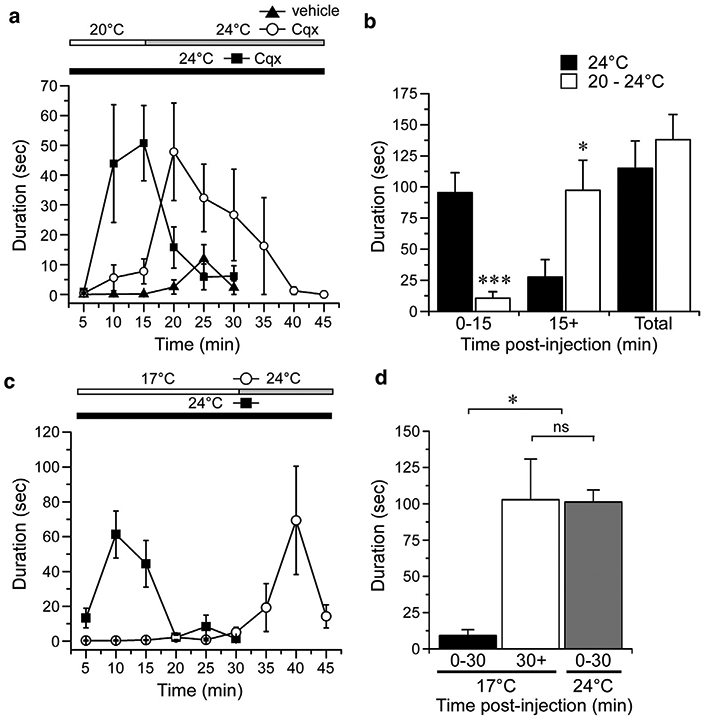Figure 3. Antipruritic cooling requires constant stimulation.

(a) Chloroquine (Cqx; 200 μg) induced licking/biting behaviors resolved within 25 minutes post injection when the test plated was held at 24°C (n = 7). A plate temperature of 20°C showed inhibition with robust behaviors produced when the plate was warmed to 24°C 15 minutes after Cqx injections, responses not observed in vehicle-injected mice. (b) Summary of the data in (a) shows inhibition in the first 15-minute period post-injection when the plate is at 20°C (***P < 0.001 compared to 24°C, one-way ANOVA, Neuman-Keuls post-test), with behaviors uncovered in the second 15–45 minute period when the plate was warmed to 24°C (*P < 0.05 compared to when the plate was held constant at 24°C, one-way ANOVA, Neuman-Keuls post-test). Summary of the total behaviors showed no difference between the two stimulation protocols (P>0.05, one-way ANOVA, Neuman-Keuls post-test). (c) In a test of the duration in which cooling inhibits itch, α-methyl 5-HT (aMe5-HT; 30 μg) behaviors were blocked by cooling to 17°C, but were observed when the plate was warmed to 24°C after 30 minutes. (d) Summary of the αMe5-HT responses in mice on a 17°C plate for 30 minutes followed by warming to 24°C compared to mice placed at 24°C only. *P < 0.05, nsP> 0.05, n = 6–8, one-way ANOVA, Neuman-Keuls post-test.
